Behaviour Management Teaching Resources
Bring your behaviour management to the next level with printables and digital teaching resources created by teachers for teachers like you!
This collection of teacher-created resources is designed to support primary teachers as they implement their behaviour management strategies with printable reward charts, motivational posters and more!
Looking for tips and ideas to make your behaviour management more successful? Take a peek at some strategies from our teacher team!
What Is Behaviour Management?
Behaviour management is a proactive strategy for teachers to handle behaviour in the classroom. By setting up solid student organisation strategies, creating clear rules and expectations and providing consistent feedback, teachers set students up for success.
A good behaviour management strategy will give students:
- Specific expectations
- Positive reinforcement when expectations are met
- Fair and consistent consequences when expectations are not met
For example, of the most popular behaviour management strategies these days is CHAMPS, which stands for Conversation, Help, Activity, Movement and Participation. The goal is to provide students with an instructional structure that promotes responsibility and motivates students.
Why Is Behaviour Management Important?
Strongly backed by research, behaviour management strategies like CHAMPS have been shown to:
- Provide students with a sense of connection to school and their peers
- Promote a productive learning environment
- Minimise classroom disruptions
Behaviour Management Strategies
Before we dig in too deeply, it's worth stressing that the goal of the strategies you're about to read is to accentuate the positive, that is, to keep control of the behaviour in your classroom in a positive way.
We've also included a mix of strategies that will help you prevent negative behaviour as well as some simple things you can do to curb unwanted behaviour in the classroom.
Redirect
This technique is simple, yet effective. When you notice a child is off-task, simply move their attention from one thing to another. For example, if one student is distracting another student, you may direct their attention to the work at hand by saying you'll be over in a few minutes or simply asking that student what they are up to.
Ignore Secondary Behaviour
When a child is being warned about inappropriate behaviour, you may notice a secondary behaviour, such as an eye roll or a delayed response to a question. This behaviour is often to avoid humiliation in front of peers.
If the initial poor behaviour has stopped, ignoring the secondary behaviour — as long as no one is in danger and it hasn't caused additional classroom disruption — can prevent the situation from escalating. If you feel you need to, you may opt to talk to that student one on one after the lesson to reflect on the situation (without the audience of the other students).
Plan Your Transitions
A transition in a classroom is when a student moves from one activity to another. It can be a significant change such as transitioning from a PE lesson back into the classroom or a more minor change such as transitioning from time on the carpet back to their seats.
For little brains, transitions can be tricky as they need to go from an active state to a focused state ready for learning, and this is where inappropriate behaviour may start to fester.
Planning for how you and your students should transition can help avoid this situation from escalating. A simple transition for the example of going from PE back to class, for example, could be to use a fun movement such as walking like a ballet dancer back to class.
Make sure to explicitly teach students what they should be doing during transitions, so they know the sort of behaviour you expect!
Offer Choices
Providing a student choice is extremely powerful! It makes them feel like they are in the power seat, when in fact, you've planned it out beautifully! When you notice inappropriate behaviour, instead of issuing a demand, offer a student a choice of two options. The first choice would be the route you'd like them to take. The second is the consequence of not taking the first option.
For example, 'Zane, would you like to remove yourself from the distracting spot you're sitting in, and complete your work? Or, would you like to stay with me at lunchtime to complete the work then?'
You'll find that most of the time, the student will take the better option in this scenario.
Attention Grabbing
This is similar to the 'redirect' option, but this is a strategy to use if a number of students are starting to get off task. Use some fun attention-grabbing techniques like call and response ( you can download our Attention Grabbing Phrase Cards and use those!).
You can then redirect the group's attention back to the work by providing some more information that may support them in finishing off the task.
Use Positive Non-Verbal Reminders
You don't always have to use your voice for your behaviour management to work. Non-verbal reminders can be equally powerful and limit the disruption to the class. Simple non-verbals like stopping what you're saying and smiling at the student who may be off task is sometimes all that is needed for some students. This lets them know you know they're off-task in a gentle way.
Another non-verbal reminder is to simply lower your body down to the level of the child while you continue with the teaching, or, a simple tap on their desk as you walk past.
Set Up a Calm Corner
Little children experience BIG emotions, and often when they are trying to deal with these big emotions, they struggle with self-regulation.
Another behaviour management strategy that will work for some children is just some time away from the hustle and bustle of the classroom. If you have the space, set up a corner of the classroom for students to 'chill out.' You can fill the space with fidget toys, weighted blankets, wobble cushions, a tub of sensory toys and similar objects, plus some mindful colouring-in sheets!
If you are noticing a student that isn't responding to the smaller behaviour management strategies, 5 minutes in the chill-out corner/area may help this student.
Another idea — Sending a student to another teacher with a 'note' that says something simple such as 'John needed some space.' This gets the student out and about, and gives them some purpose by having the very important job of delivering the note to the other teacher.
Utilise Movement
We know a student's attention span is short, and yet we expect them to sit and listen and use their brains for long periods of time ... often longer than their age allows. Ensuring you have had a lot of movement integrated into your day is a great way to limit the number of behaviour situations you may encounter in a day.
It could be as simple as a 'stop work and stretch at your desks' type situation, but you may be surprised by how planning these movement breaks into your day can improve behaviour in the classroom.
- Plus Plan
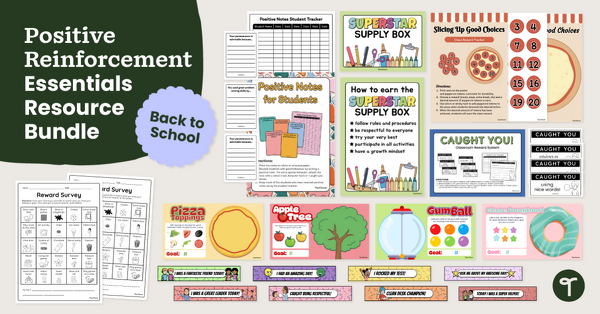
Positive Reinforcement Essentials Resource Bundle
Make positive reinforcement the centre of your classroom management strategy and encourage good behaviour in the classroom this year with an easy-to-download resource bundle!
- Plus Plan
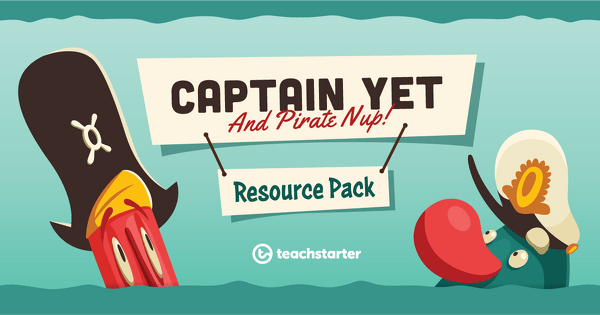
Captain Yet – Growth Mindset Resource Pack
A collection of Captain Yet resources themed around helping students to overcome their learning challenges.
- Plus Plan
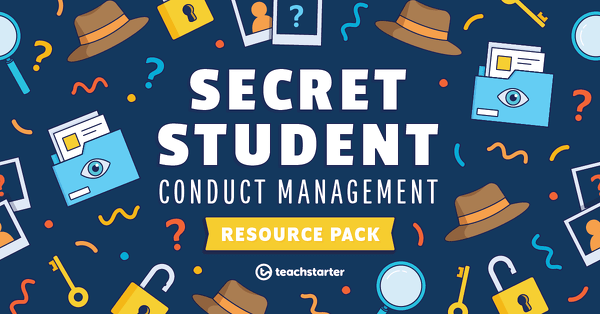
Secret Student Conduct Management Resource Pack
Create a mystery conduct management strategy in your classroom with a daily 'Secret Student'.
- Plus Plan
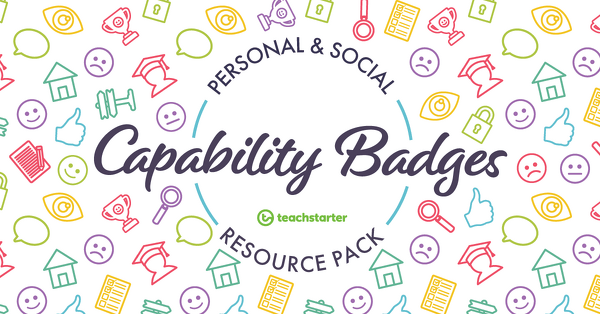
Personal and Social Capability Badges Resource Pack
A collection of student badges that celebrate student success and progress in life skills, personal and social development.
- Plus Plan
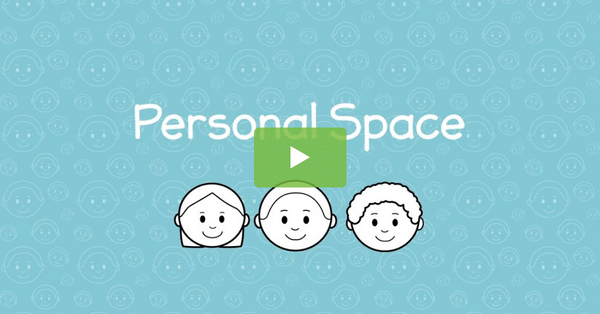
Personal Space – Social Story Video
This social story video reminds students to allow others to maintain some personal space.
- Plus Plan
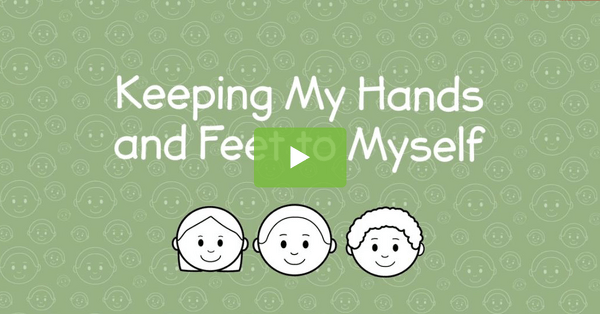
Keeping My Hands and Feet to Myself – Social Story Video
This social story video reminds students of the importance of keeping their hands and feet to themselves.
-
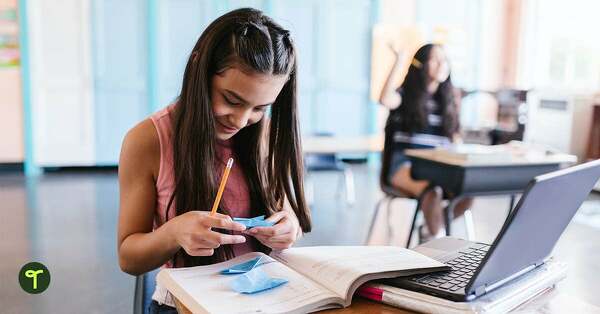
How to Assign Classroom Jobs & Keep Primary Students Engaged
Find out how to successfully assign classroom jobs for students, plus get a classroom jobs list to get you started!
-
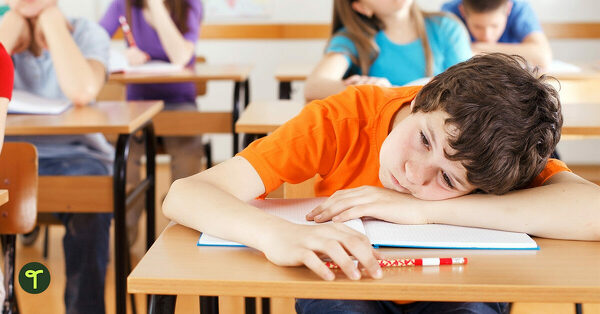
7 Behaviour Management Mistakes Most New Teachers Make (And How to Fix Them)
See the behaviour management mistakes teachers often make in their first year and how to fix them, with tips from expert teachers on managing a classroom successfully.
-
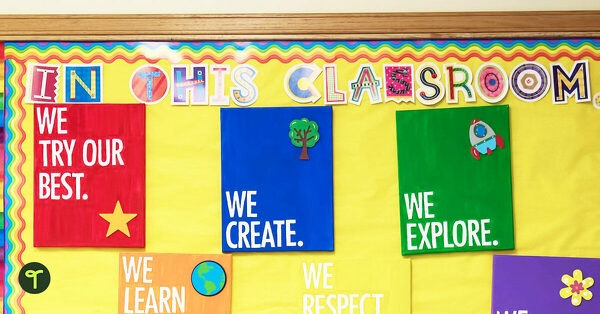
How to Make Classroom Rules Kids Actually Follow
Find out how to make classroom rules your students will follow with actionable tips from expert teachers!
-
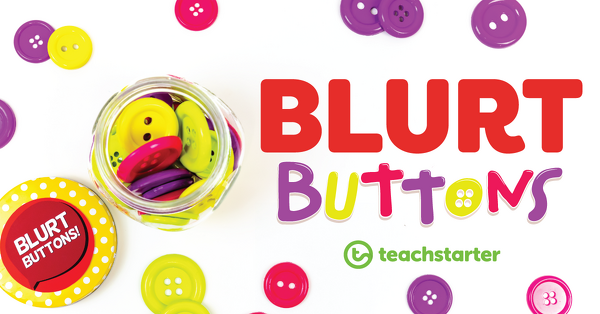
Blurt Buttons | A Fun Way to Curb Calling Out in the Classroom
Blurt Buttons are a bright, fun classroom management strategy to help banish blurting out and manage impulsiveness and noise at school.
-
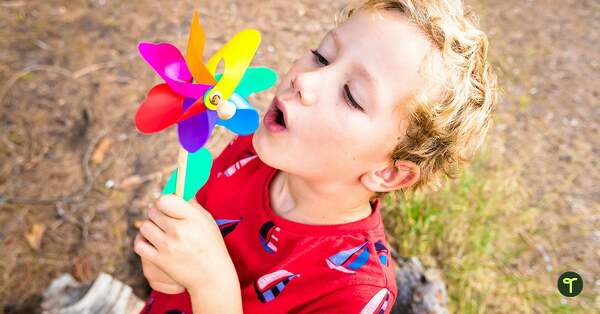
11 Mindfulness Activities for Kids to Try in Your Primary Classroom
Explore mindfulness activities for kids that can be done in just 5 or 10 minutes in your classroom this school year!
-

3 Secrets to Effective Classroom Transitions That Actually Work
These classroom transitions strategies and ideas are teacher-tested and approved.
-
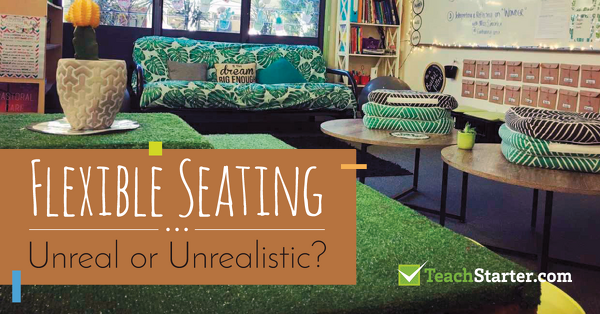
Flexible Seating: Unreal or Unrealistic?
Flexible seating gurus say that this form of classroom 'un-seating' better reflects the hyper-connected and ever-changing world we live in. That it inherently requires students to master skills such as flexibility, creativity, problem-solving and collaboration. But do the challenges of managing a flexible seating environment outweigh the benefits?
-
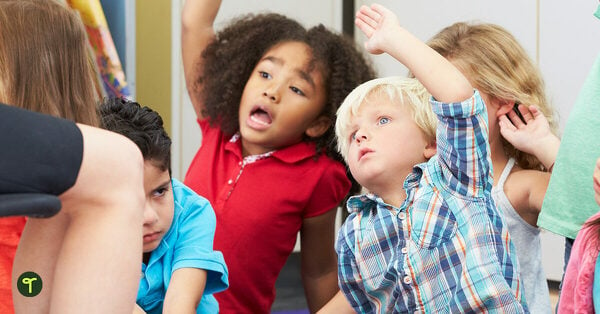
How to Stop Tattling in the Classroom: Expert Teacher Tips
Get teacher tips on how to stop tattling in the classroom and how to help kids tell the difference between tattling and telling.
-

10 Ways to Calm Your Class After Lunch (Teaching Tips)
Finding ways to calm your class after lunch is a must in any classroom! Check out our top ten ideas featured in this blog.
-
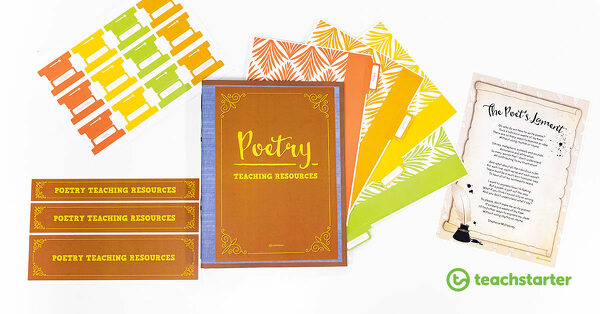
Poetry Resources Folder for Teachers
Teaching poetry this term? Our brand new Poetry Resources Folder Template contains everything you need to file your teaching resources for your poetry unit!
-

Does Class Size Matter? - A Teacher's Point of View
It's a topic that is always debated in the education field!
-
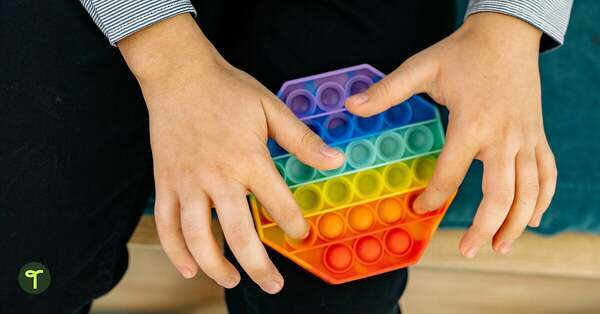
How to Create a Calm Down Corner in the Classroom to Promote Self Regulation
What's a calm down corner and how do you set one up in the classroom? Explore ideas from teachers like you, plus ways to help students destress.
-
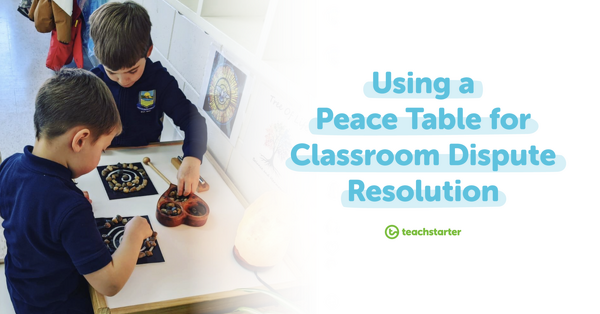
Using a Peace Table for Classroom Dispute Resolution
Montessori-style peace tables are being adopted by mainstream classroom teachers to effectively teach young children conflict resolution skills!
-
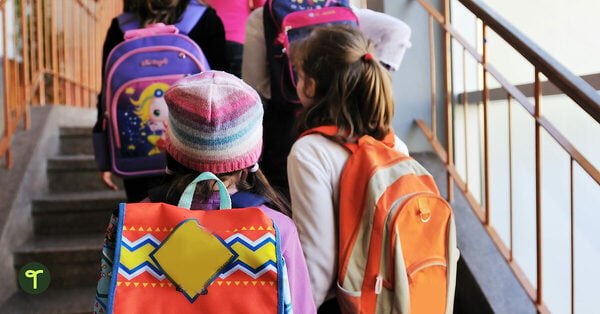
What Is Sensory Processing Disorder? A Teacher's Guide to Supporting Students With SPD
Students with Sensory Processing Disorder are in every classroom. Find out what it is and how you can support children with SPD in your classroom.
-
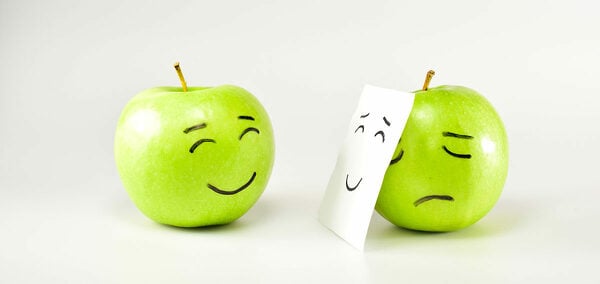
25 Social Stories To Use in the Mainstream Classroom
Social stories describe social situations or concepts in a layout that is clear and meaningful for children. Teach Starter have created 25 social stories, templates and pictures for the use in mainstream classrooms.
-
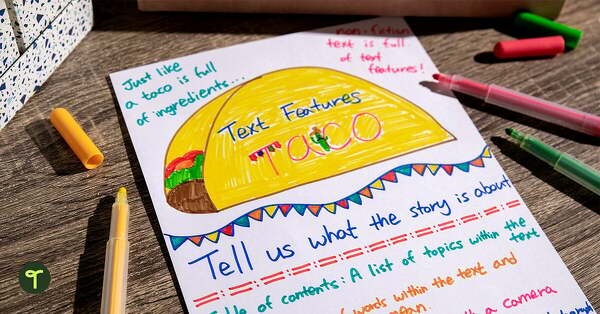
14 Awesome Anchor Chart Ideas to Use in Your Primary Classroom
These anchor chart ideas for reading, maths, morning routines and more are some of the best for the classroom and begging for teachers to try them!
-
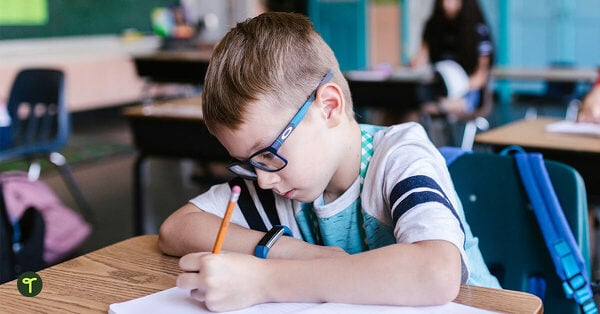
12 Ways to Improve Student Concentration That Really Work
How can you get students to focus and concentrate on the lesson at hand? Here are some research-backed tips for teachers to help students concentrate.
-
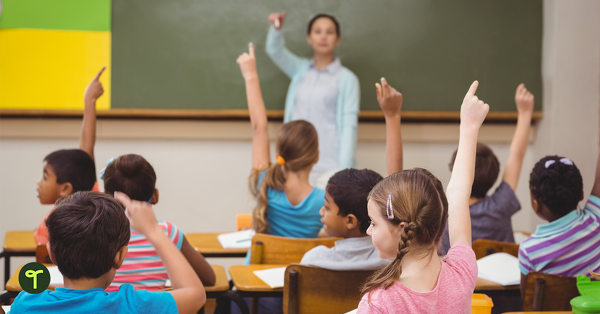
How to Create a Student-Led Classroom Behaviour Contract in Primary School
Learn tips on how to create a student-led behaviour contract and effectively implement it in your primary school classroom.
-
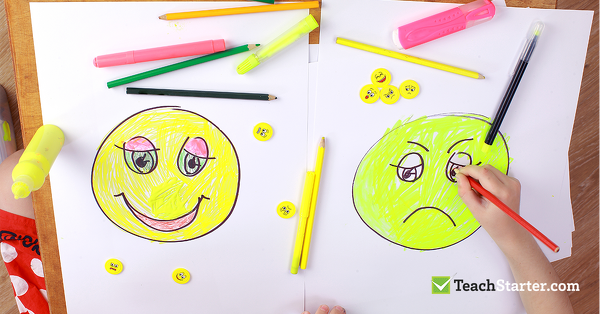
19 Children's Books and Classroom Activities to Teach Social Skills
These children's books and classroom activities are a must have in any classroom environment!
-
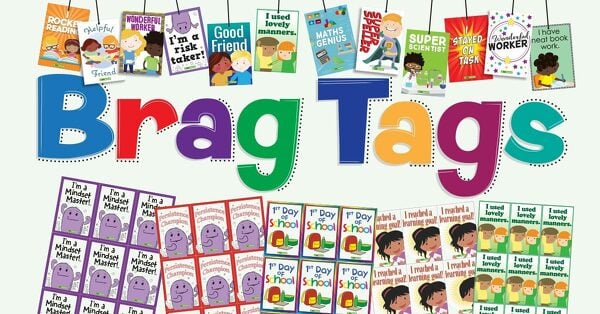
How to Set Up Brag Tags in the Classroom
Are you looking for a different way to manage behaviour in your classroom?
-
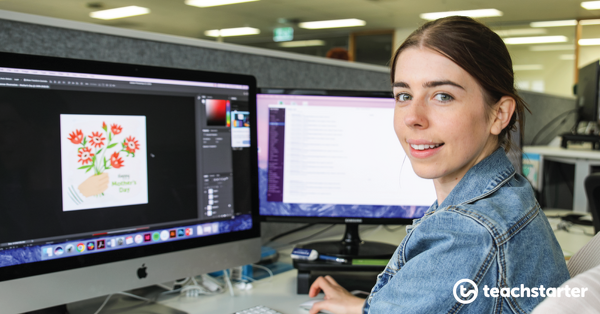
Meet Our Designer - Fleur Callaghan
The third illustration in our monthly Teach Starter homepage feature illustration series! Meet the designer of our May illustration, Fleur Kennish.